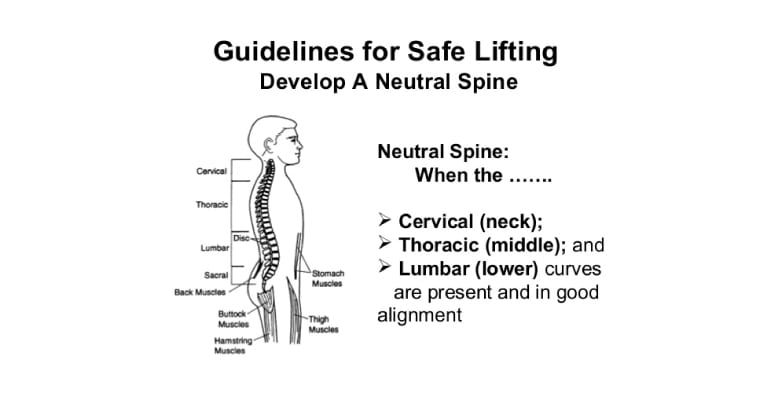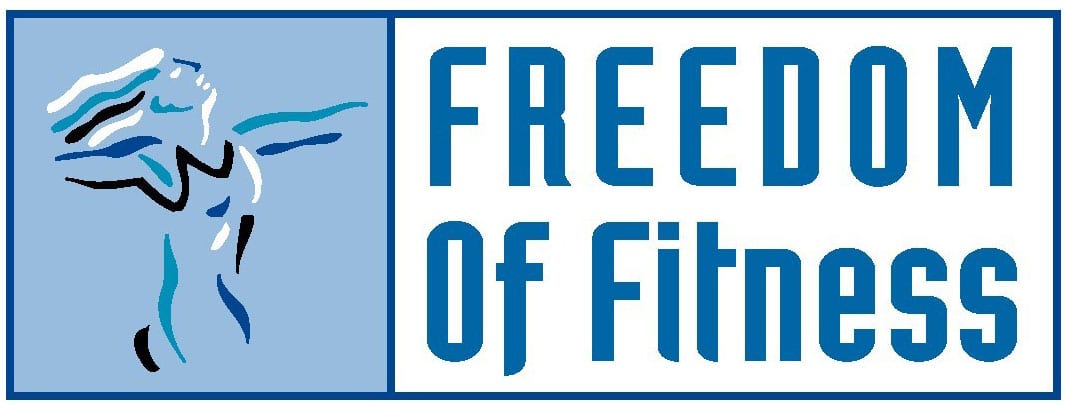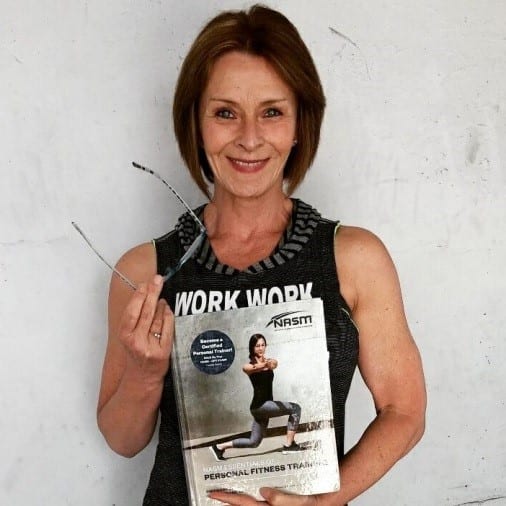 As a personal trainer with over 34 years of experience, the one thing I see in the gym, that very few people have, is good posture while lifting weights. Before even learning proper lifting technique, it is important that the body be in the right position, first. For most tradition weight training exercises for upper & lower body, the spine should be in a neutral position. For trunk exercises (abs, obliques, lower back) that move from the spine, obviously the spine has to move out of this position. Please see the first diagram, to the right. I teach my clients this posture, before anything, even if they have been lifting for years. I also encourage them to make sure that their computer desk and car seat allow for the “neutral spine position”. After all, many of us spend hours working & driving. By practicing good posture, outside of the gym, it makes being in alignment, while exercising, that much easier.
As a personal trainer with over 34 years of experience, the one thing I see in the gym, that very few people have, is good posture while lifting weights. Before even learning proper lifting technique, it is important that the body be in the right position, first. For most tradition weight training exercises for upper & lower body, the spine should be in a neutral position. For trunk exercises (abs, obliques, lower back) that move from the spine, obviously the spine has to move out of this position. Please see the first diagram, to the right. I teach my clients this posture, before anything, even if they have been lifting for years. I also encourage them to make sure that their computer desk and car seat allow for the “neutral spine position”. After all, many of us spend hours working & driving. By practicing good posture, outside of the gym, it makes being in alignment, while exercising, that much easier.
What are the advantages of being in the “neutral spine” position? Minimizing injury is the number one reason. Secondly, I want my clients to maximize their results by having their joints aligned properly so the exercise stimulates the right muscles, efficiently. This starts with the multi-facet joint we call, the spine.
 Whether the exercise is done vertically or horizontally (or somewhere in between), the spine should be in this position. My clients are used to hearing me say, “Ears over shoulders, chest up and stomach tight”. These are the verbal cues I use, most often. By aligning the ears over the shoulders, the head is in the correct position. If I look at a new client from a side view, some jut the head forward, placing additional stress to the cervical spine, neck, upper back & shoulders muscles. To keep the chest up, it involves lengthening the abdominal wall and opening the chest from shoulder to shoulder. The back muscles have to be engaged to do this. And finally, to protect and support the lower back, I encourage the client to pull their navel to their spine. This is referred to as the “drawing in technique”.
Whether the exercise is done vertically or horizontally (or somewhere in between), the spine should be in this position. My clients are used to hearing me say, “Ears over shoulders, chest up and stomach tight”. These are the verbal cues I use, most often. By aligning the ears over the shoulders, the head is in the correct position. If I look at a new client from a side view, some jut the head forward, placing additional stress to the cervical spine, neck, upper back & shoulders muscles. To keep the chest up, it involves lengthening the abdominal wall and opening the chest from shoulder to shoulder. The back muscles have to be engaged to do this. And finally, to protect and support the lower back, I encourage the client to pull their navel to their spine. This is referred to as the “drawing in technique”.
Vertical exercises are always easiest to learn, first. After all, we spend most of our waking hours in a vertical position, whether seated or standing. If the  posture muscles are engaged, the body is more stable and it is easier to coordinate a movement. For example, the tricep extension with cable (pushdowns) is not too dificult for the average person to learn, however, if they don’t know how to posture themselves and/or take too heavy, too soon, the chest will drop and the trapizius (upper back & neck) will engage, causing the posture to look hunched.
posture muscles are engaged, the body is more stable and it is easier to coordinate a movement. For example, the tricep extension with cable (pushdowns) is not too dificult for the average person to learn, however, if they don’t know how to posture themselves and/or take too heavy, too soon, the chest will drop and the trapizius (upper back & neck) will engage, causing the posture to look hunched.
For a horizontal exercise, I’ve discovered that it takes more time for most people to find their “neutral spine” position, especially bent over and un- supported. To get a person more “in tune” with the proper position on a horizontal plane, I use a broom stick. The client stands vertically with the broomstick against the back of their head, in contact with the upper back and touching the upper buttocks. They then bend forward, keeping all points in contact, like the photo to the right (middle image). This technique acts as a point of reference so one can feel what it’s like to be in the right position before learning the bent over row, tricep kickbacks, or any hip extension exercises. These are all examples of movements performed on the horizontal plane.
If you use these tips in your weight training, don’t be surprised if your weights go down, initially. By being in a better position, you may not be using other muscles to compensate, which is safer & yields better results.
For more information on posture, technique and range of motion, come train with me at World Gym, San Diego. I also do “In-home training” and small outdoor fitness classes. There are many different exercise videos on my website at www.freedomoffitness.com.


